Home>Gardening & Outdoor>Landscaping Ideas>How To Clean Your Artificial Grass
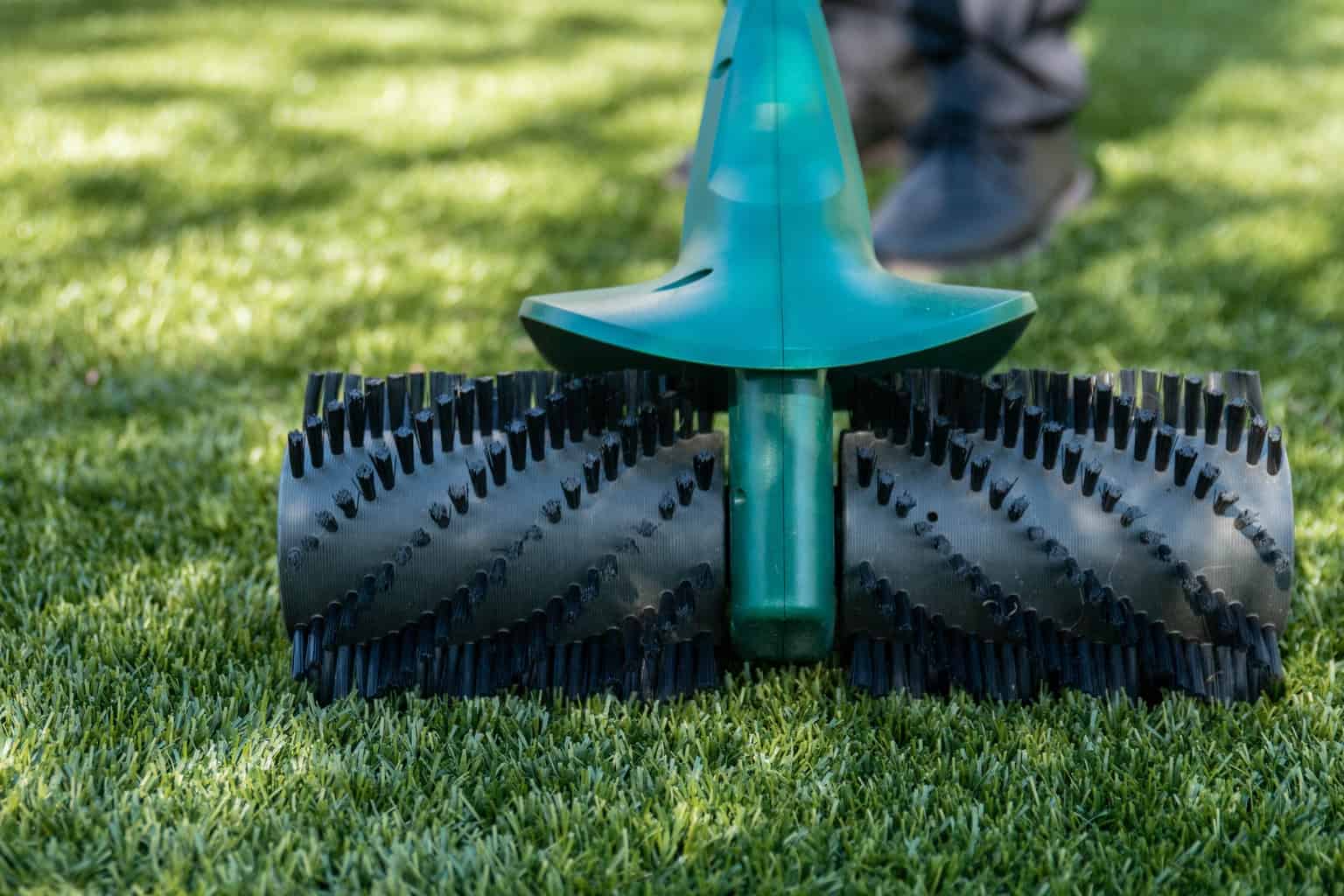

Landscaping Ideas
How To Clean Your Artificial Grass
Published: January 24, 2024
Learn the best landscaping ideas for maintaining your artificial grass. Discover effective cleaning tips to keep your lawn looking pristine. Achieve a beautiful and low-maintenance outdoor space.
(Many of the links in this article redirect to a specific reviewed product. Your purchase of these products through affiliate links helps to generate commission for Storables.com, at no extra cost. Learn more)
Introduction
Welcome to the wonderful world of artificial grass, where lush green lawns stay vibrant and inviting without the hassle of constant maintenance. However, just like natural grass, artificial turf requires some level of care to keep it looking its best. Regular cleaning not only preserves the aesthetic appeal of your artificial grass but also ensures a hygienic outdoor environment for your family and pets.
In this comprehensive guide, we will walk you through the step-by-step process of cleaning your artificial grass, providing valuable tips and insights along the way. By following these instructions, you can maintain a pristine and enjoyable outdoor space that mirrors the beauty of natural grass without the exhaustive upkeep.
Let’s dive into the tools and materials you’ll need to get started!
Key Takeaways:
- Keep your artificial grass looking great by regularly clearing debris, rinsing, and brushing. Address stains promptly with the right cleaning solutions and maintain hygiene with disinfectants. Professional maintenance can also extend its lifespan.
- To maintain your artificial grass, gather the right tools and materials. Regularly clear debris, rinse thoroughly, and address stains promptly. Brush the grass to prevent matting and apply disinfectant for a clean and safe outdoor space.
Read more: How To Clean Your Artificial Pet Grass
Tools and Materials Needed
Before embarking on your artificial grass cleaning journey, it’s essential to gather the necessary tools and materials to ensure a thorough and efficient process. Here’s a list of items you’ll need:
- Broom or stiff brush: To remove debris and fluff up the grass fibers.
- Garden hose or pressure washer: For rinsing and washing the artificial grass.
- Mild detergent or artificial grass cleaner: Specifically formulated for cleaning synthetic turf.
- Vinegar solution: Effective for eliminating odors and disinfecting the grass.
- Pet-friendly enzyme cleaner (if applicable): For tackling pet stains and odors.
- Plastic rake or specialized artificial grass rake: Ideal for removing leaves and larger debris.
- Bucket: For mixing cleaning solutions and carrying small amounts of water.
- Soft cloths or sponges: For spot-cleaning and applying cleaning solutions.
- Rubber gloves: To protect your hands during the cleaning process.
- Leaf blower (optional): For quick removal of light debris and leaves.
Having these tools and materials at your disposal will streamline the cleaning process and ensure that you can address various types of dirt, stains, and debris effectively. Now that you’re equipped with the necessary items, let’s move on to the first step: clearing debris from your artificial grass.
Clearing Debris
One of the fundamental steps in maintaining your artificial grass is clearing away debris that accumulates on the surface. Over time, leaves, twigs, and other outdoor debris can settle on the turf, detracting from its pristine appearance. Here’s how you can effectively clear debris from your artificial grass:
- Regular sweeping: Utilize a broom or stiff brush to gently sweep the surface of the grass. This action helps dislodge and remove loose debris, preventing it from becoming embedded in the turf.
- Use a plastic rake: For larger debris such as leaves and branches, a plastic rake or specialized artificial grass rake can be employed to gather and remove the items without causing damage to the turf.
- Consider a leaf blower: If you have access to a leaf blower, it can be an efficient tool for quickly clearing light debris from the surface of the artificial grass.
By routinely clearing debris from your artificial grass, you can maintain its visual appeal and prevent the accumulation of organic matter that may lead to mold or bacterial growth. Once the debris has been cleared, the next step is to thoroughly rinse the grass to remove any remaining particles and dust.
Rinsing the Grass
After clearing the debris from your artificial grass, the next crucial step is to thoroughly rinse the turf to remove any remaining particles, dust, or loose dirt. This process helps rejuvenate the appearance of the grass and ensures that it remains clean and inviting. Here’s how you can effectively rinse your artificial grass:
- Use a garden hose or pressure washer: Begin by spraying the entire surface of the artificial grass with a garden hose or a pressure washer set to a gentle setting. This action helps dislodge and wash away any lingering dirt or dust particles.
- Focus on high-traffic areas: Pay particular attention to areas of the grass that experience heavy foot traffic or pet activity, as these spots may require more thorough rinsing to remove embedded dirt and debris.
- Ensure comprehensive coverage: Move systematically across the entire turf, ensuring that every section receives adequate rinsing to achieve a consistent clean appearance.
By diligently rinsing your artificial grass, you can revitalize its appearance and create a welcoming outdoor space for relaxation and recreation. However, in the event of stubborn stains or blemishes, additional steps may be necessary to restore the pristine condition of the turf. Let’s explore how to effectively address stains on artificial grass in the next section.
Use a mild detergent and water to clean your artificial grass. Avoid using harsh chemicals or high-pressure washers, as they can damage the grass fibers. Regularly remove debris to prevent mold and bacteria growth.
Removing Stains
Stains on artificial grass can detract from its overall beauty and cleanliness. Whether caused by pet accidents, spilled beverages, or other sources, addressing stains promptly is essential to maintain the pristine appearance of your turf. Here’s a comprehensive guide on effectively removing stains from your artificial grass:
- Blot the stain: If the stain is fresh, immediately blot the area with a clean cloth or paper towel to absorb as much of the liquid as possible. Avoid rubbing the stain, as this can spread it further into the turf.
- Prepare a cleaning solution: Mix a mild detergent or specialized artificial grass cleaner with water in a bucket according to the product’s instructions. Alternatively, you can create a solution of equal parts water and white vinegar, renowned for its stain-fighting and disinfecting properties.
- Apply the cleaning solution: Using a soft cloth or sponge, apply the cleaning solution to the stained area, gently working it into the turf. Allow the solution to sit for a few minutes to penetrate the stain.
- Rinse the area: Thoroughly rinse the treated area with a garden hose or pressure washer, ensuring that all traces of the cleaning solution and loosened stain are washed away.
- Tackle pet stains: For pet-related stains and odors, consider using a pet-friendly enzyme cleaner specifically designed to neutralize and eliminate organic residues. Follow the product’s instructions for optimal results.
- Repeat if necessary: Stubborn or persistent stains may require repeated treatments. Be patient and persistent in your efforts to fully eradicate the blemish.
By following these steps, you can effectively combat stains and restore the immaculate appearance of your artificial grass. However, beyond addressing individual stains, it’s essential to maintain the overall freshness and resilience of the turf through regular brushing and disinfection, which we’ll delve into in the following sections.
Read more: How To Strip Your Decking
Brushing the Grass
Regular brushing is a fundamental aspect of artificial grass maintenance, contributing to the turf’s resilience, aesthetic appeal, and longevity. By gently brushing the grass fibers, you can prevent matting, distribute infill materials evenly, and rejuvenate the overall appearance of your artificial lawn. Here’s a comprehensive guide on effectively brushing your artificial grass:
- Choose the right tool: Select a soft-bristled brush or specialized artificial grass rake designed for grooming synthetic turf. Avoid using metal brushes or abrasive tools that could damage the grass fibers.
- Brush in multiple directions: Gently brush the grass fibers in different directions to prevent matting and ensure even distribution of infill materials. This action helps the grass blades stand upright, maintaining a natural and vibrant appearance.
- Focus on high-traffic areas: Pay particular attention to areas of the turf that experience frequent use, such as pathways or play areas. Regular brushing can help mitigate wear and tear in these zones.
- Address compacted areas: If certain areas of the grass appear compacted or flattened, focus on brushing these sections more vigorously to restore their buoyancy and visual consistency.
- Brush after cleaning: Following the clearing of debris, rinsing, and stain removal, give your artificial grass a gentle brush to fluff up the fibers and maintain a pristine appearance.
By incorporating regular brushing into your artificial grass maintenance routine, you can preserve its lush appearance and ensure that it remains a welcoming and visually appealing outdoor space. However, in addition to brushing, the application of a disinfectant can further enhance the cleanliness and hygiene of your artificial turf, as we’ll explore in the next section.
Applying Disinfectant
Ensuring that your artificial grass remains hygienic and free from harmful microorganisms is essential, particularly in areas frequented by children and pets. Applying a disinfectant to your synthetic turf can help eliminate bacteria, odors, and potential contaminants, contributing to a clean and safe outdoor environment. Here’s a comprehensive guide on effectively applying a disinfectant to your artificial grass:
- Select a suitable disinfectant: Choose a disinfectant specifically formulated for use on artificial grass. Look for products designed to neutralize bacteria, mold, and odors without causing harm to the turf or the environment.
- Prepare the solution: Dilute the disinfectant according to the manufacturer’s instructions, ensuring that you achieve the optimal concentration for effective sanitation without causing damage to the grass fibers or infill materials.
- Apply the disinfectant: Using a garden sprayer or a watering can with a fine nozzle, evenly distribute the disinfectant solution across the entire surface of the artificial grass. Pay particular attention to areas where pets frequently relieve themselves or where organic matter may accumulate.
- Allow for adequate contact time: To ensure the disinfectant effectively targets and neutralizes harmful microorganisms, allow the solution to remain on the turf for the recommended duration as specified by the product’s instructions.
- Rinse the grass: After the designated contact time has elapsed, thoroughly rinse the artificial grass with water to remove any residual disinfectant and ensure the safety of children and pets using the outdoor space.
By incorporating the application of a disinfectant into your artificial grass maintenance regimen, you can create a clean and hygienic outdoor environment that is conducive to leisure, play, and relaxation. Additionally, adhering to the final tips and considerations for artificial grass maintenance can further enhance the longevity and appeal of your synthetic turf, as we’ll explore in the following section.
Final Tips and Considerations
As you strive to maintain the beauty and hygiene of your artificial grass, incorporating these final tips and considerations into your routine can further optimize the longevity and appeal of your synthetic turf:
- Regular inspections: Periodically inspect your artificial grass for signs of wear, damage, or infill displacement. Addressing any issues promptly can prevent minor concerns from escalating.
- Minimize heat exposure: Artificial grass can become hot when exposed to direct sunlight. Consider installing shade structures or using water to cool the turf on particularly warm days to ensure comfort for barefoot use.
- Proper drainage maintenance: Ensure that the drainage system beneath your artificial grass remains unobstructed and functional to prevent water accumulation and potential damage to the turf.
- Regular grooming of infill: If your artificial grass features infill materials, periodically groom and redistribute them to maintain consistent coverage and support the resilience of the turf.
- Professional maintenance: Consider scheduling professional maintenance services for your artificial grass, including deep cleaning, infill replenishment, and specialized treatments to prolong its lifespan and visual appeal.
By integrating these final tips and considerations into your artificial grass maintenance routine, you can ensure that your synthetic turf remains a vibrant, clean, and inviting outdoor space for years to come. With the right care and attention, your artificial grass will continue to provide a lush and low-maintenance alternative to natural lawns, enhancing the enjoyment of your outdoor living environment.
Frequently Asked Questions about How To Clean Your Artificial Grass
Was this page helpful?
At Storables.com, we guarantee accurate and reliable information. Our content, validated by Expert Board Contributors, is crafted following stringent Editorial Policies. We're committed to providing you with well-researched, expert-backed insights for all your informational needs.
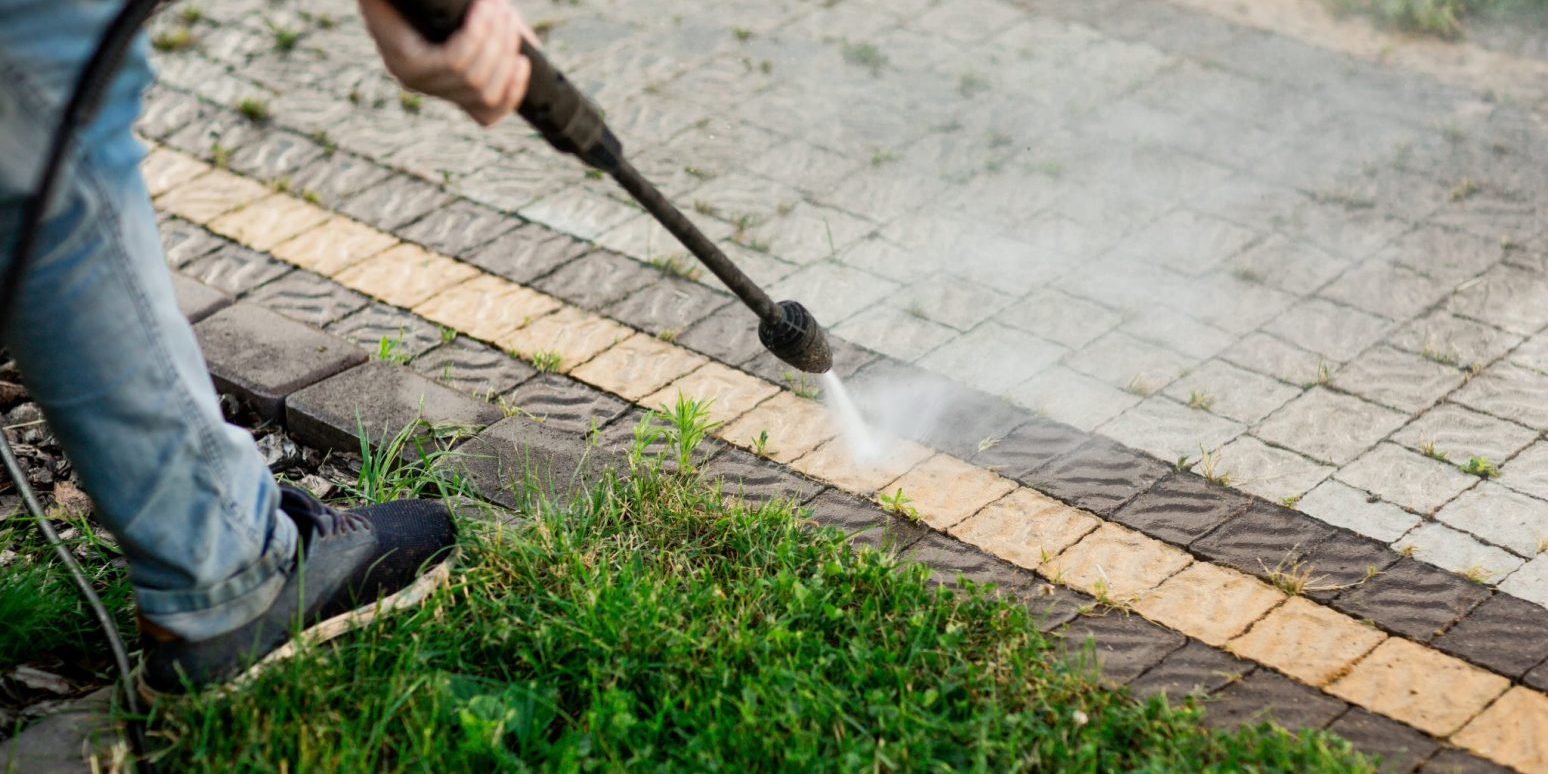
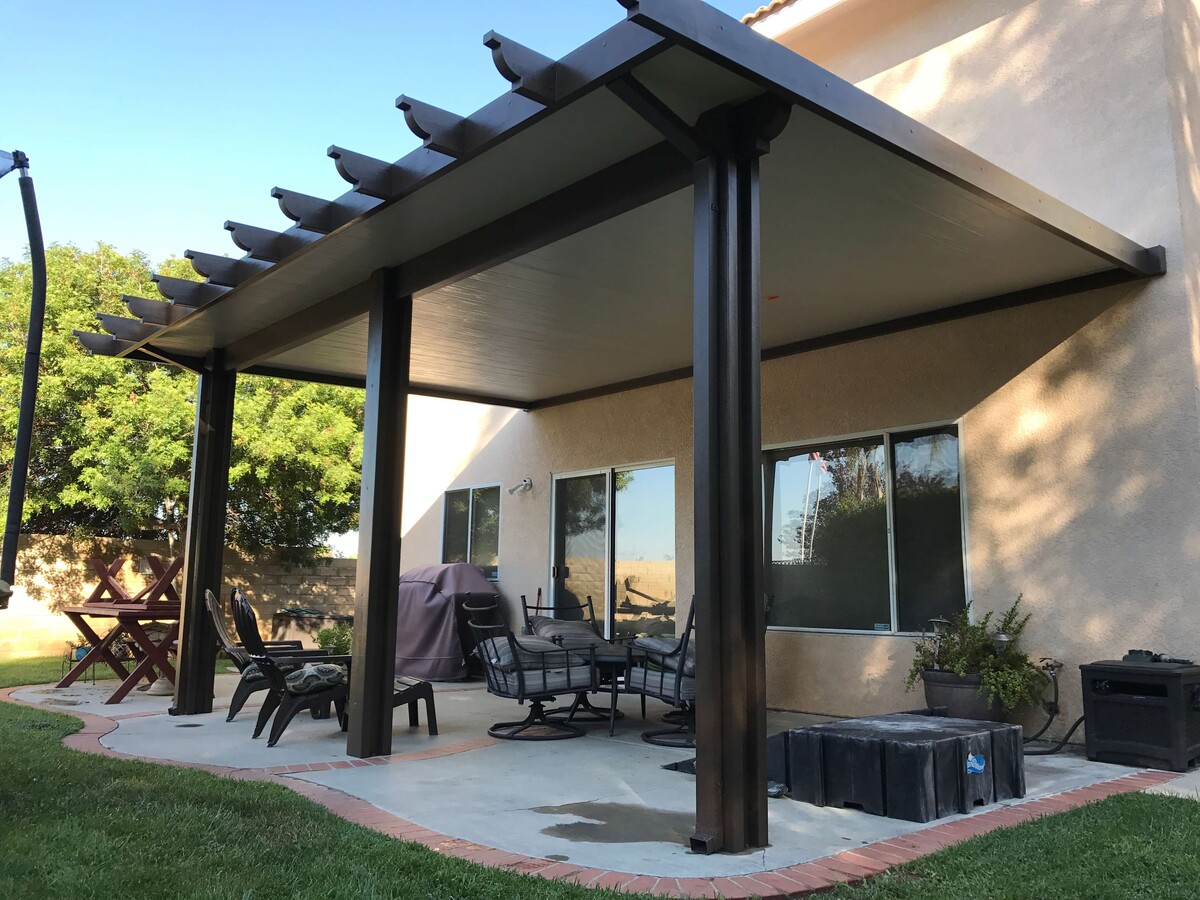
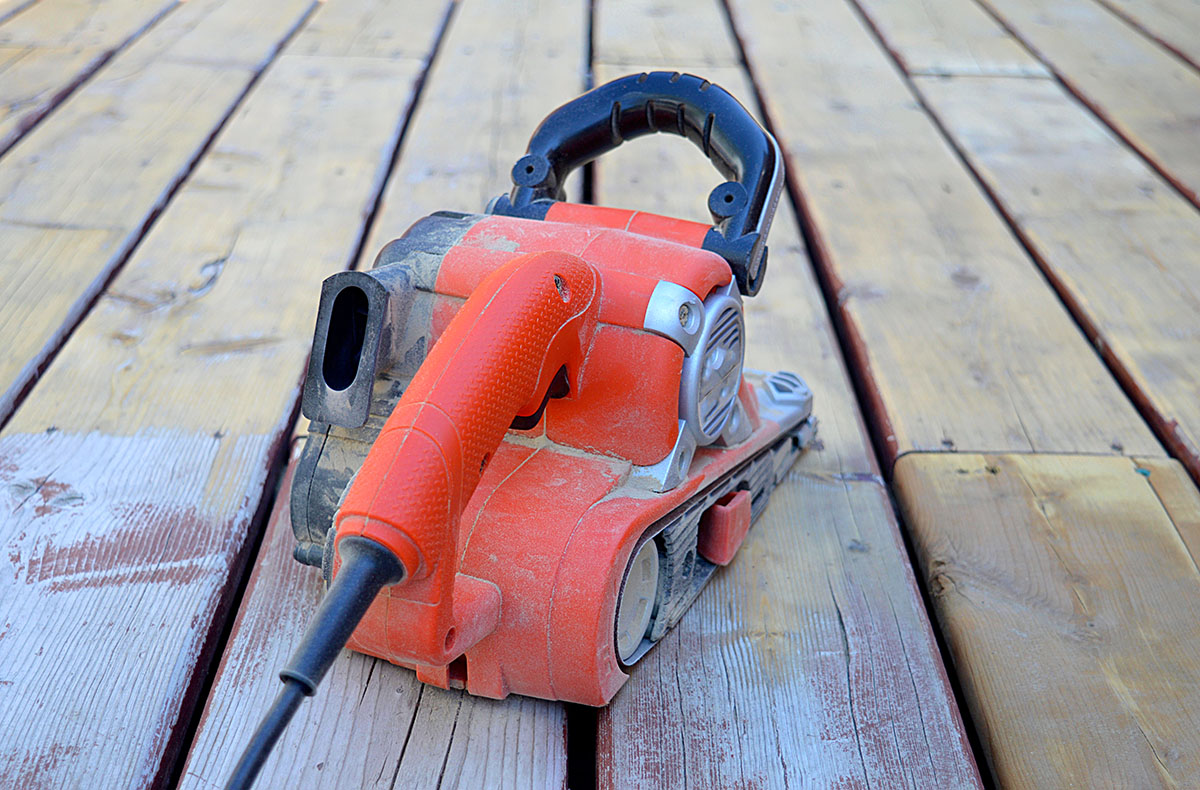
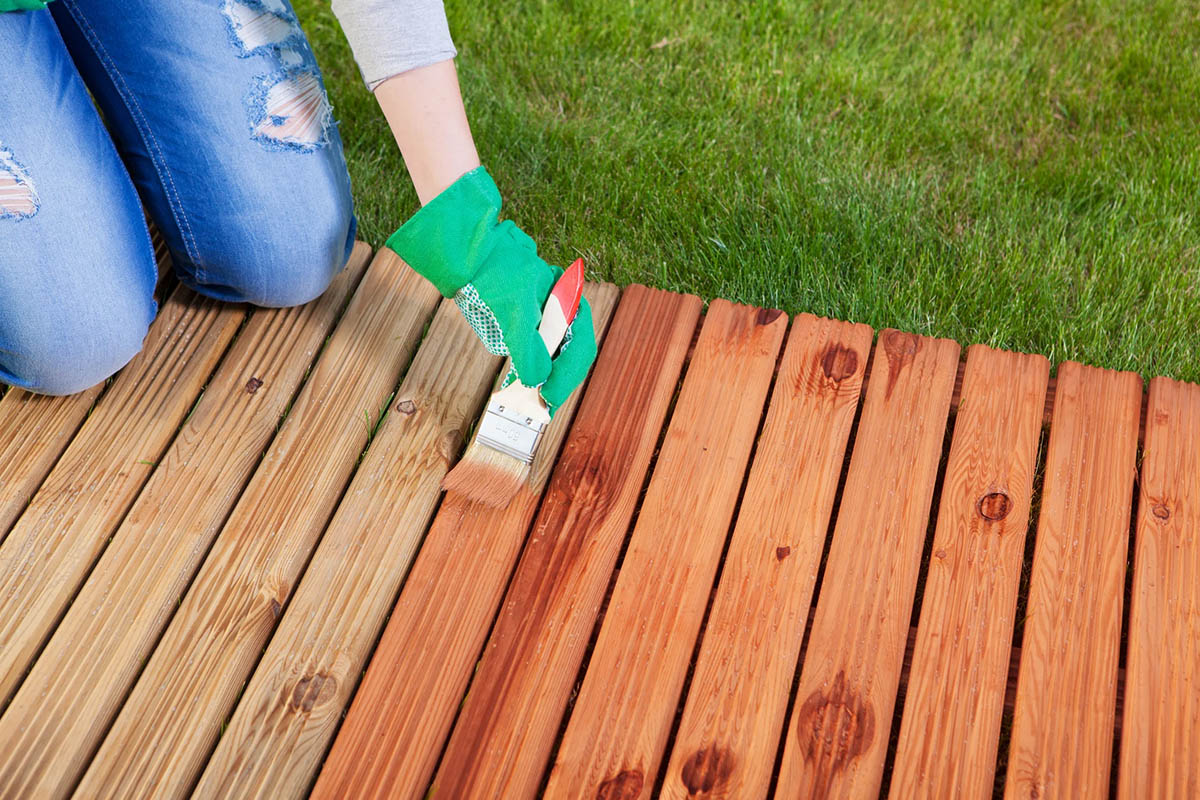
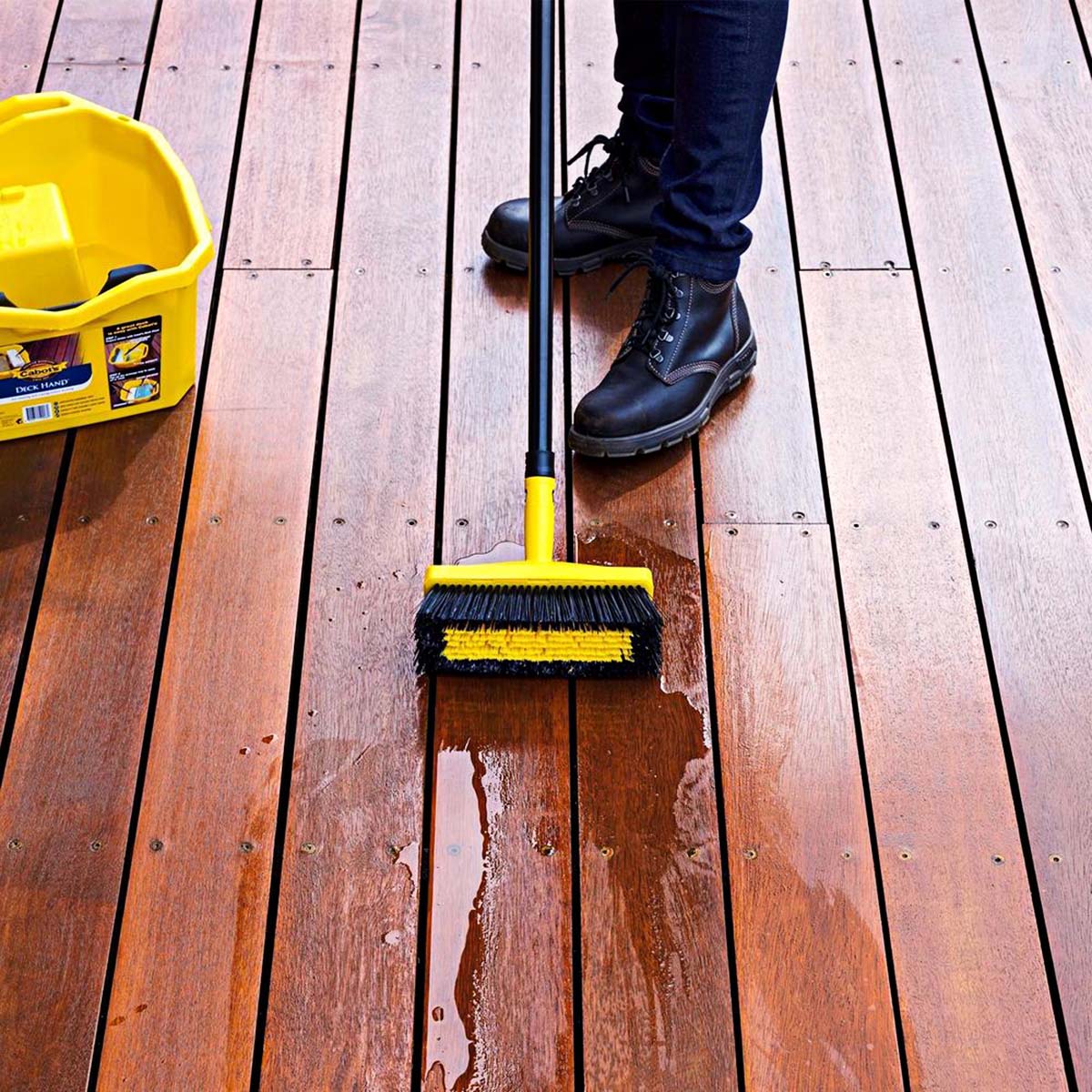
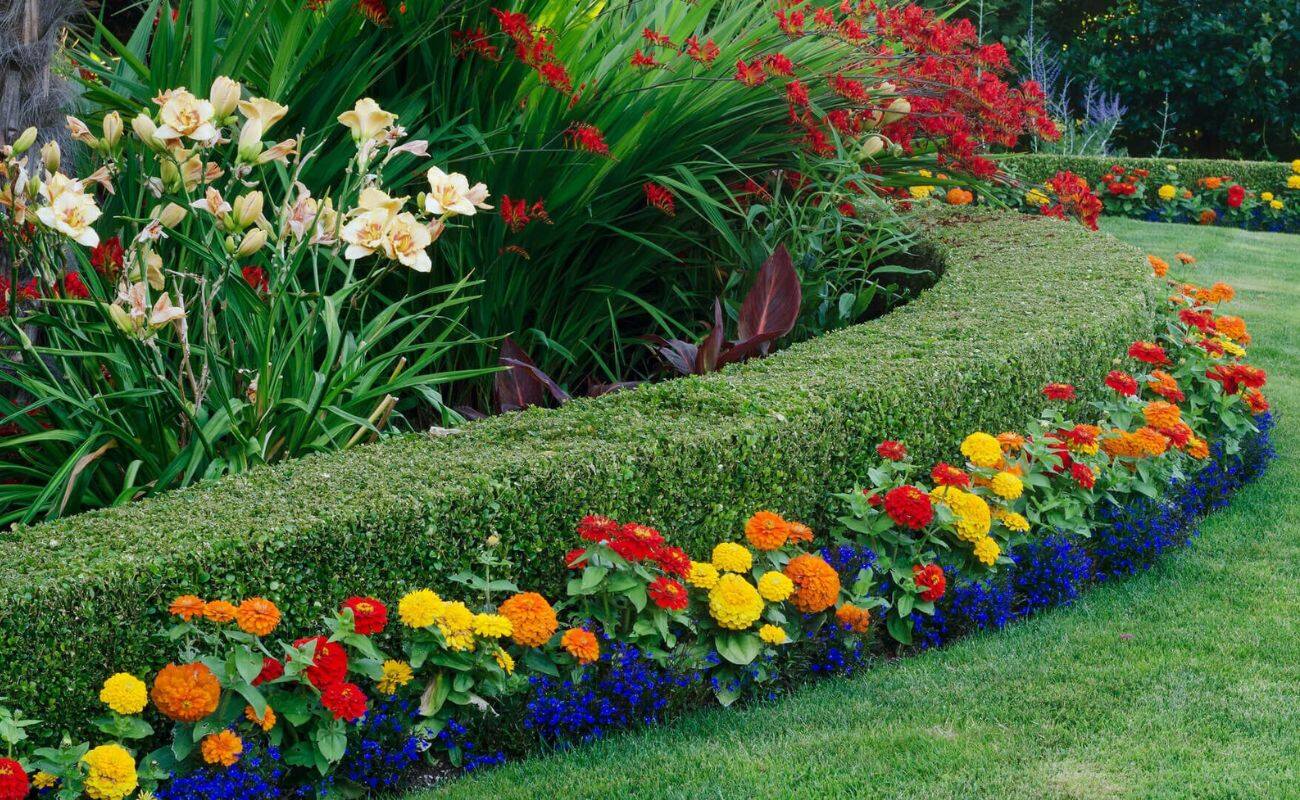

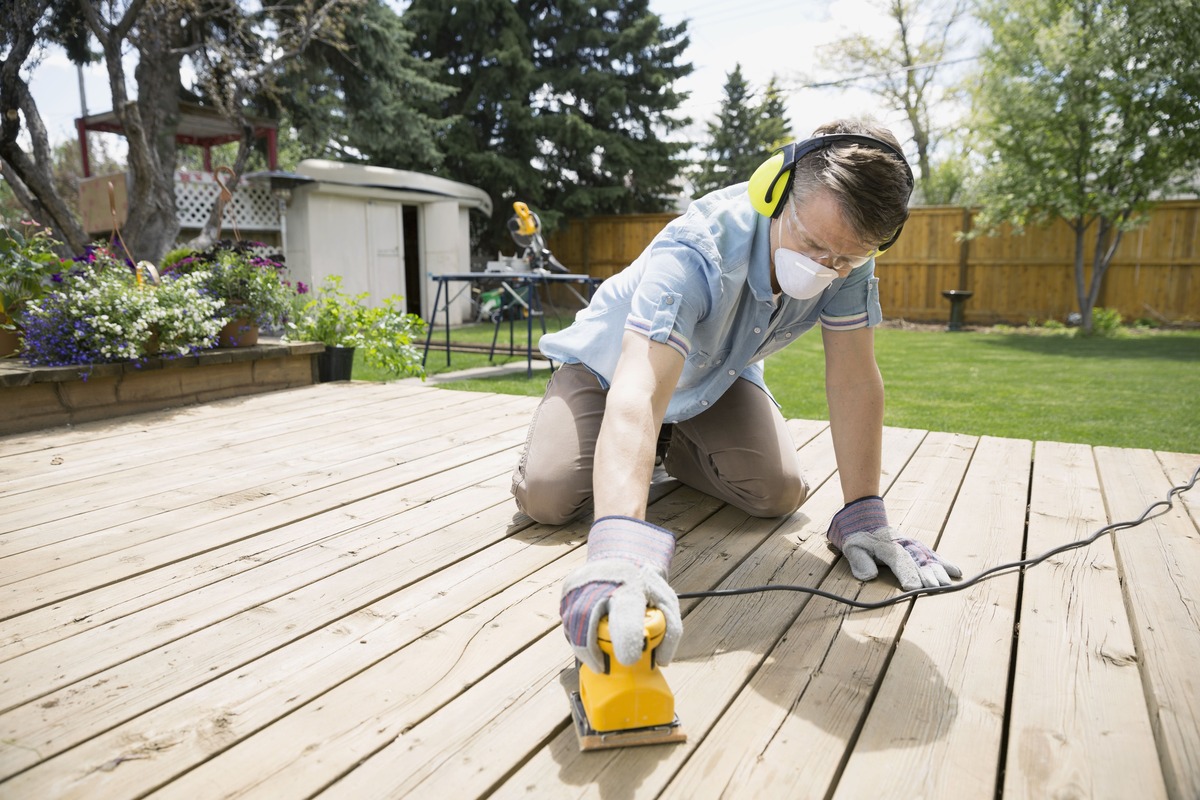
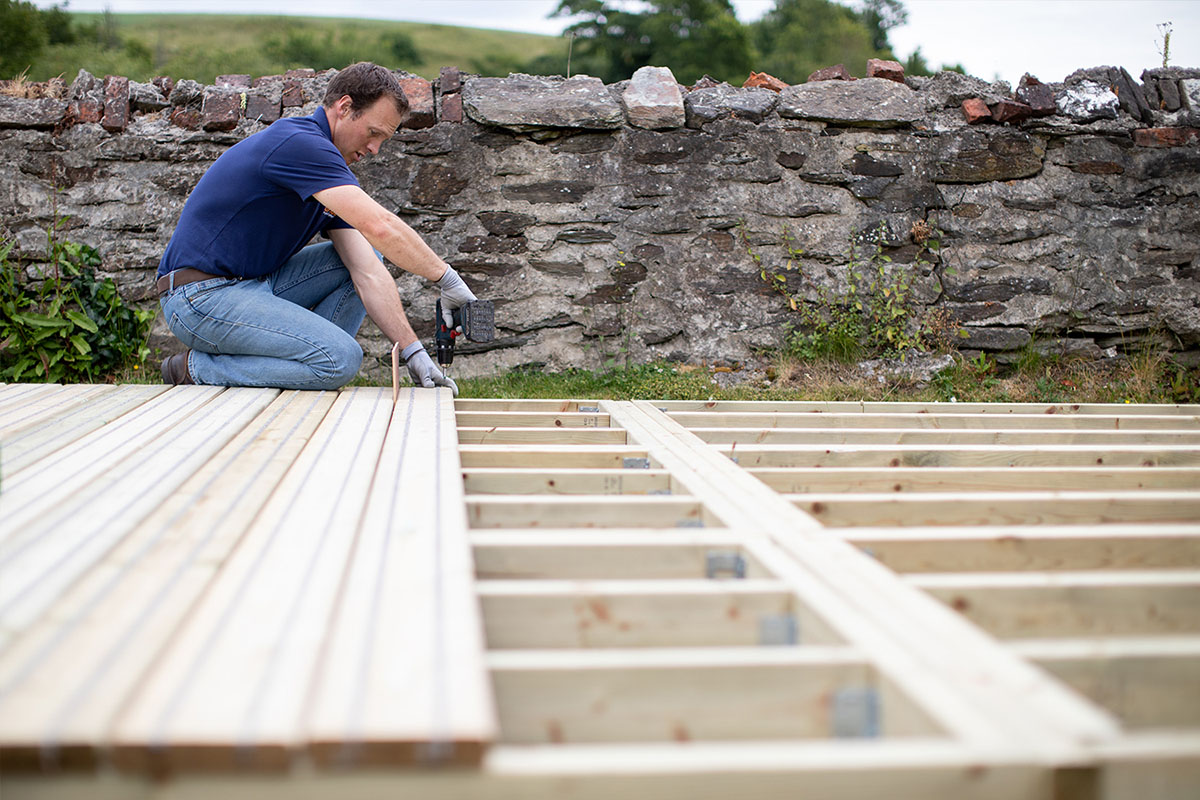
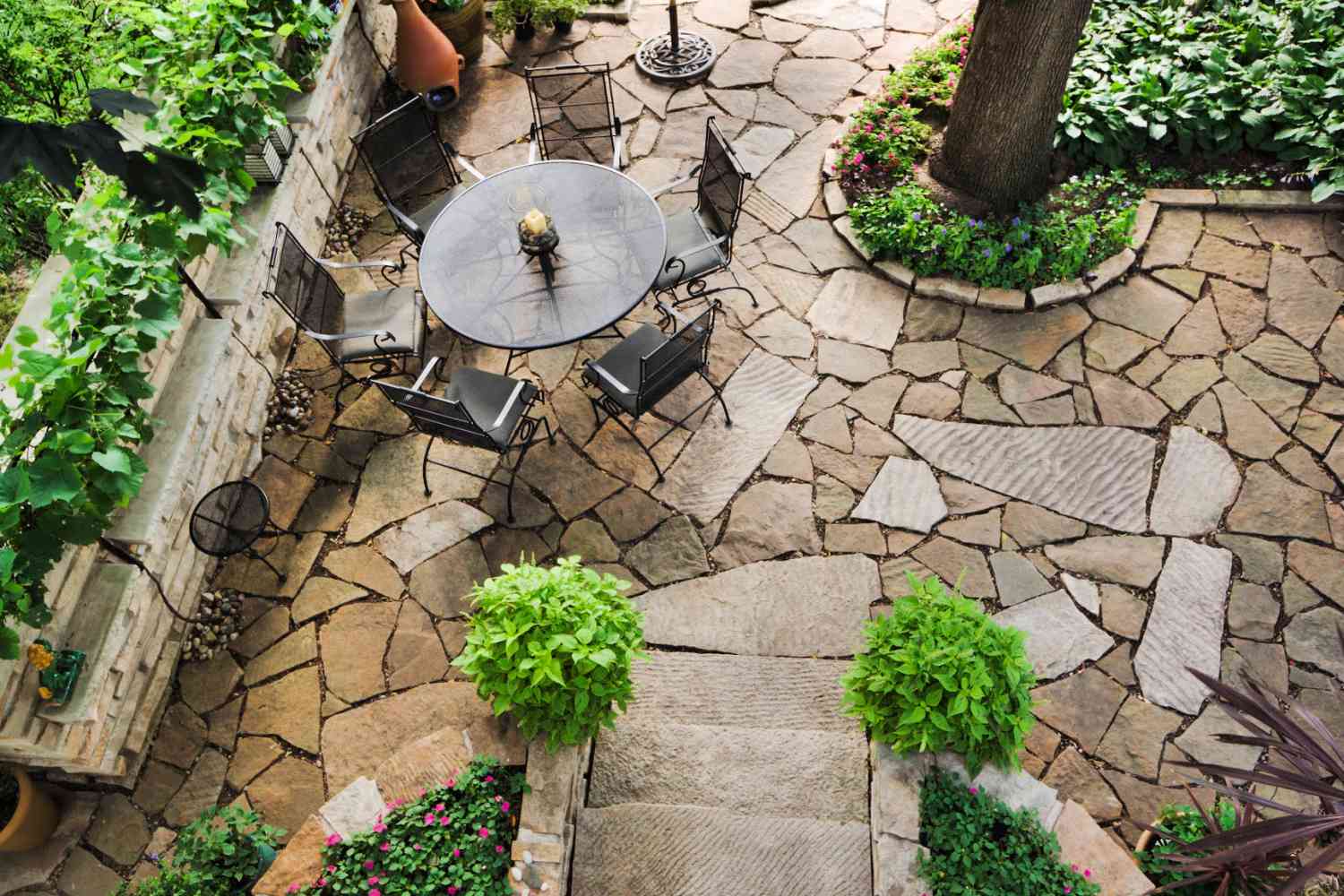
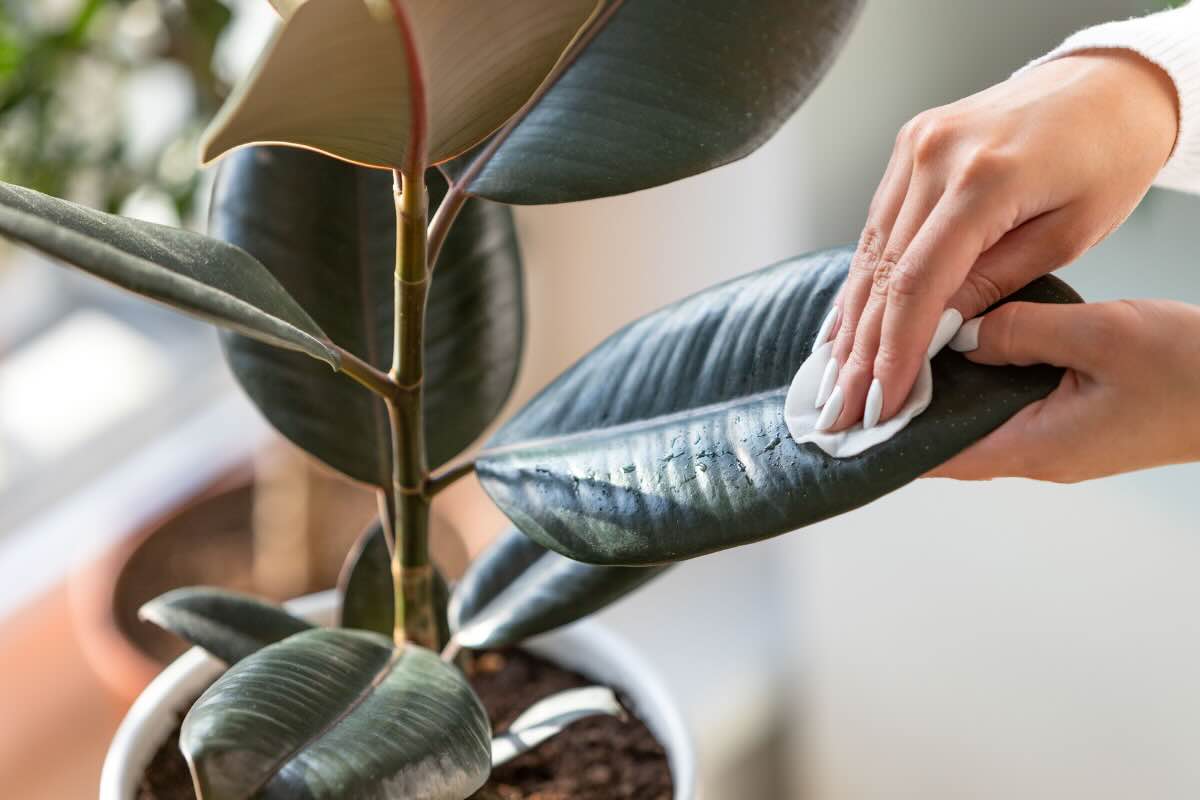

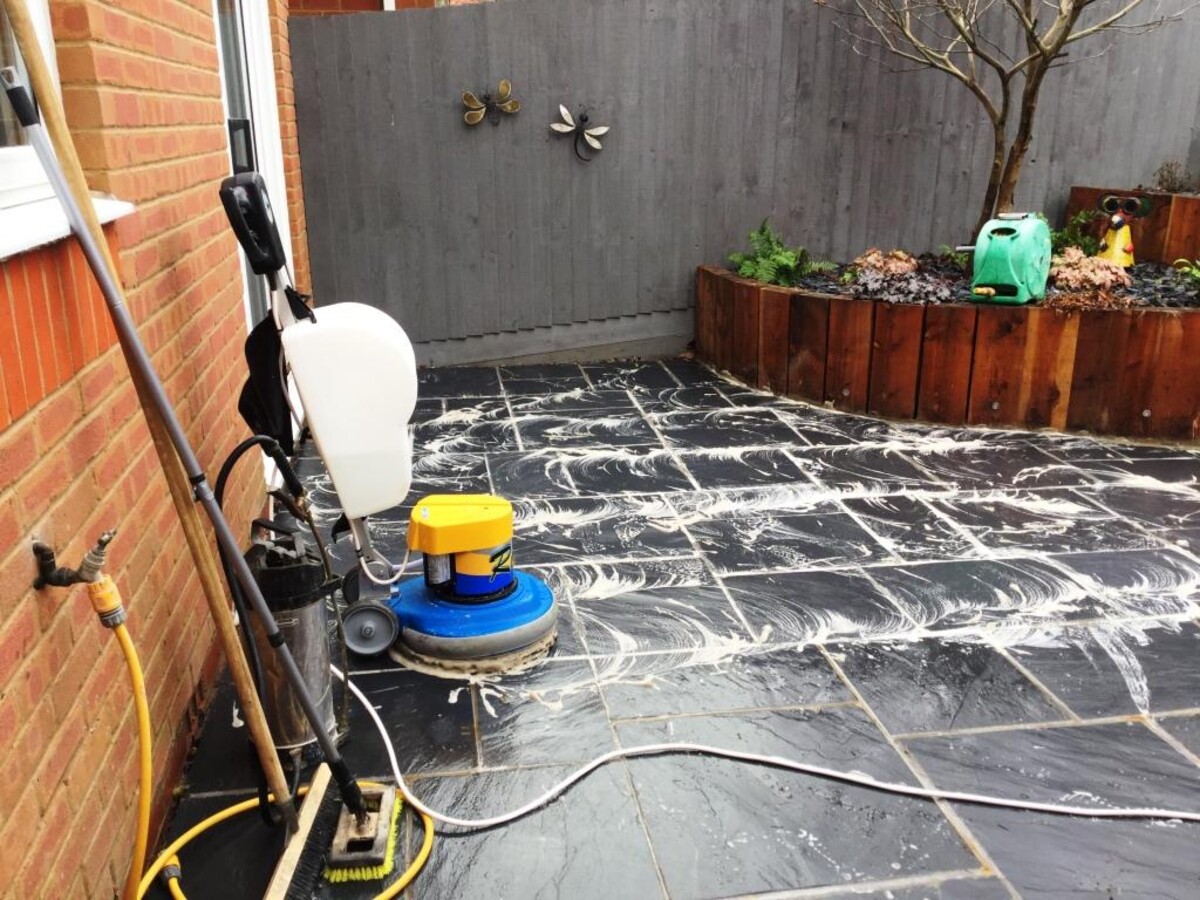
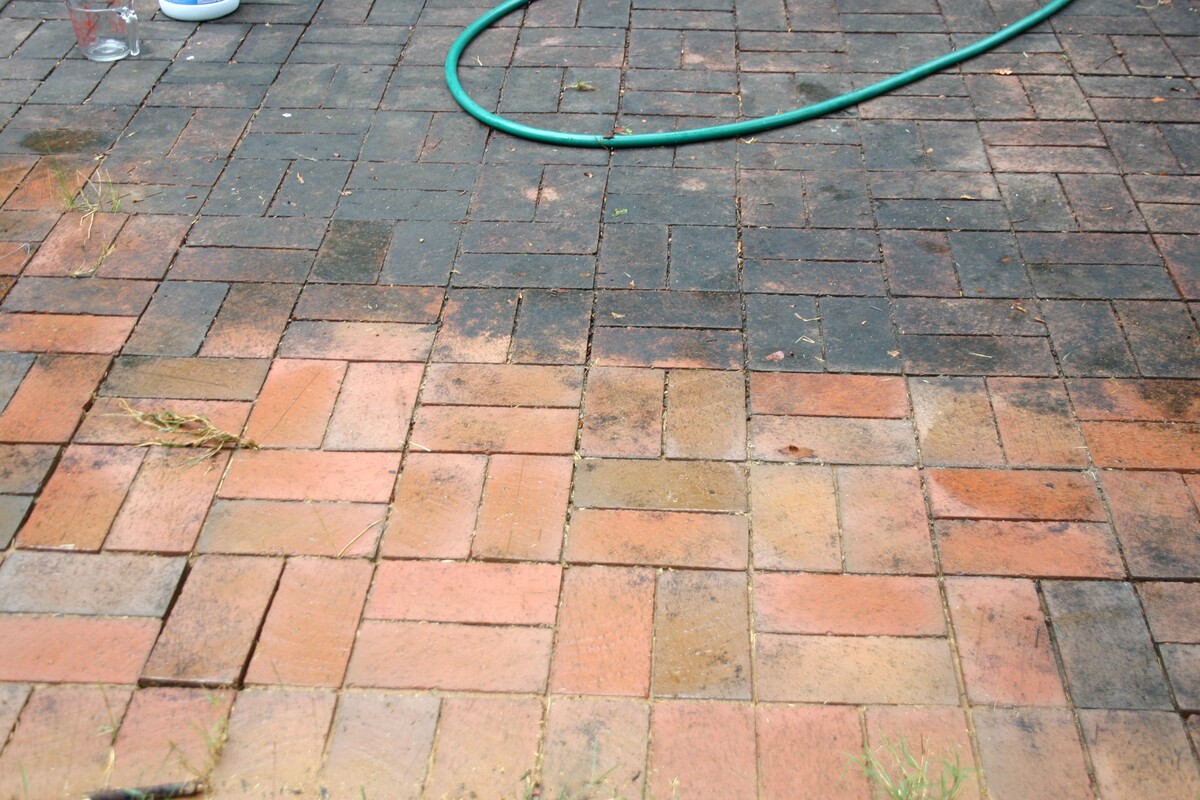

0 thoughts on “How To Clean Your Artificial Grass”